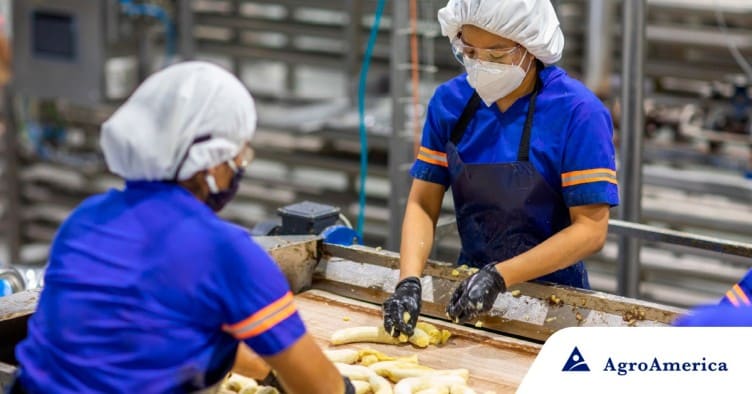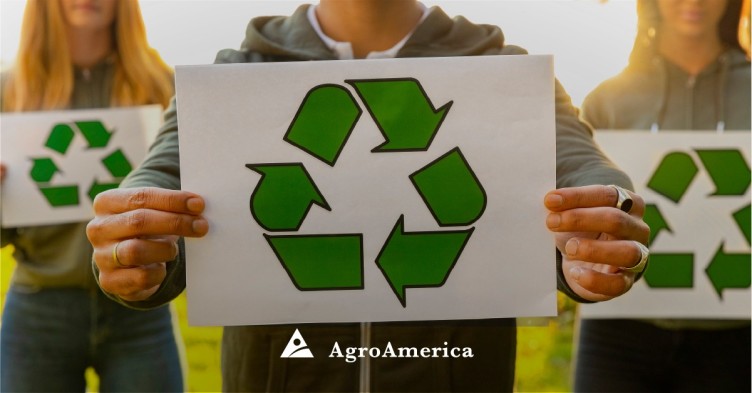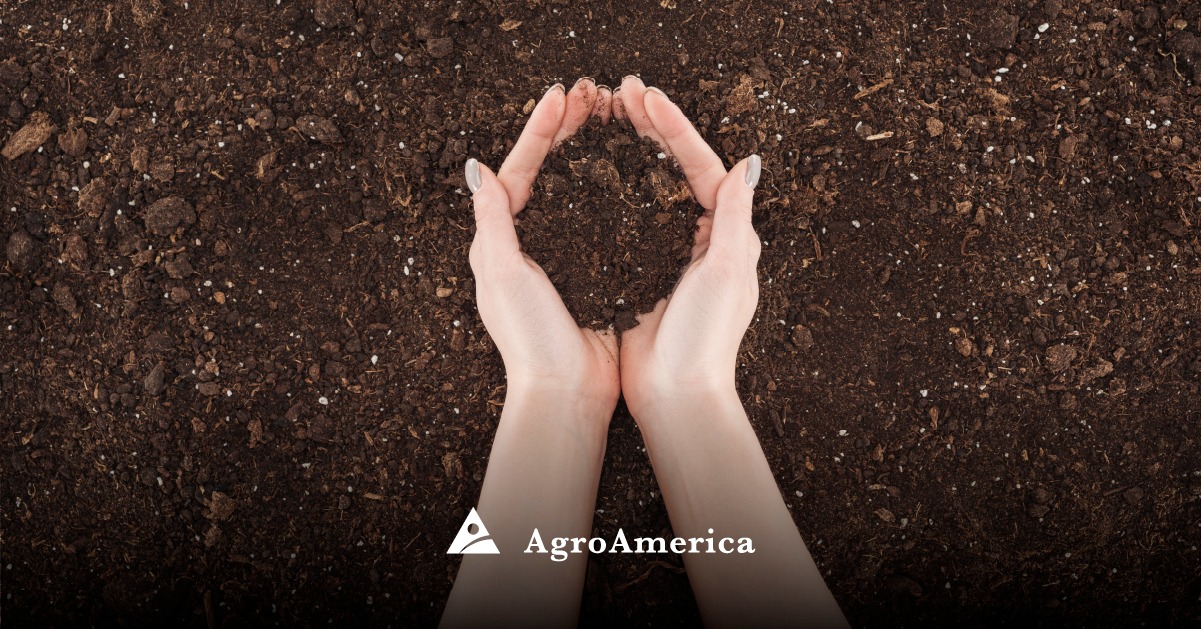The «WHY» of Corporate Policies
Corporate Policies
The "WHY" of Corporate Policies
Corporate policies are a reflection of the values and principles that guide the actions of organizations and their employees; they are a public commitment to practice responsible corporate management. These policies are based on the objectives, mission and vision of the company. At the same time, they establish the rules, procedures and structured behavior that guide the decisions and actions at different levels of a company.
Principles of public policies
To define and implement these policies, it is important to first identify and analyze the factors that could affect compliance so that they will be realistic and achievable. Following this, the general guidelines that will govern the company at all levels can be developed. These principles must be reflected in a written document that will function as the basic guideline for the company. Finally, they must be distributed to all employees so they can understand and implement them. In addition, they are shared with suppliers, clients and stakeholders so they will also have knowledge of the organization’s values and governance procedures.Types of corporate policies
Depending on the focus, there are different types of corporate policies that can be developed. These might be:Based on the scope of action:
- General Policies: Involve the entire organization and identify and define the lines of action according to the company’s strategy. They serve as a reference for its differing business trajectories.
- Departmental Policies: Guide the actions of some section or department within the business in order to direct their efforts, procedures and decisions.
- Specific Policies: Focus on usually temporary and specified projects, processes or products.
Based on timeframe:
- Long-term: Considers the growth and development of the company over a considerable period of time.
- Short-term: Establishes policies addressing any current priorities and urgent matters. They have a defined period, although this does not prevent them from being extended and/or becoming long-term policies.
Based on the issue or aspect they seek to address:
- Labor: Involves everything related to workers’ rights and workplace conditions. Some examples of this are: salary, training, benefits and occupational health and safety.
- Environmental: Focuses on responsible management of the environment through practices such as recycling, natural resource conservation, reforestation, protection of forested areas and the implementation of projects that contribute to improving biodiversity and ecosystems.
- Production: Focuses on operations, pricing, product quality, business objectives and the relationship with suppliers.
- Market: Addresses the dissemination of the company image, the brand and its products.
- Quality: Seeks to achieve consumer satisfaction with the final product through standards and norms.










